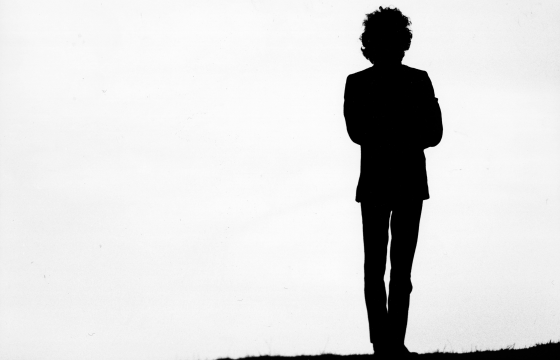The realism and tension of the art of Caravaggio and his followers resonates with contemporary audiences. It also offers us a window on the Counter-Reformation
In the 1930s, the Jesuit community in Leeson Street, Dublin, was given a seventeenth-century painting of The Taking of Christ. It was donated by a Dublin paediatrician, Marie Lea-Wilson, in recognition of the spiritual support she had received from the Jesuit Fathers after the death of her husband, a captain in the Royal Irish Constabulary, at the hands of the IRA in 1920.
For 60 years the painting, thought to be a copy of an original by the Dutch “Caravaggist” Gerrit van Honthorst, hung in the Leeson Street dining room until the community’s superior, Fr Noel Barton, asked a conservator at the National Gallery of Ireland, Sergio Benedetti, to restore it. As Benedetti lifted four centuries of grime from the picture’s surface, he became convinced that the painting in front of him was not by a follower of Caravaggio, but by the man himself – a hunch confirmed by the subsequent discovery of a ledger recording the original commission in the cellar of a palazzo belonging to Caravaggio’s Roman patrons, the Mattei family.
Stories of rediscovery always give one goose bumps, but what makes this one particularly uncanny is the coincidence that it resulted from an act of murder. For the creator of this painting was not just one of the greatest geniuses in art history, he was also a bravo, who died with blood on his hands.




